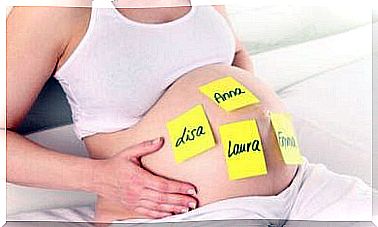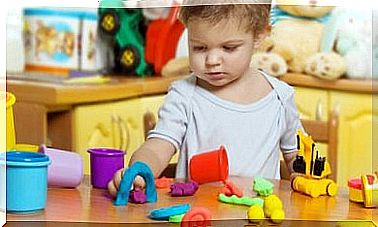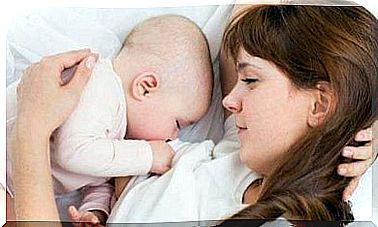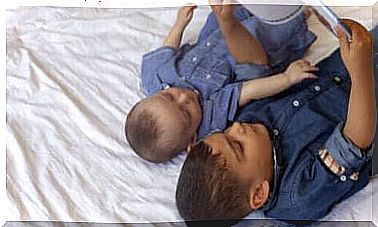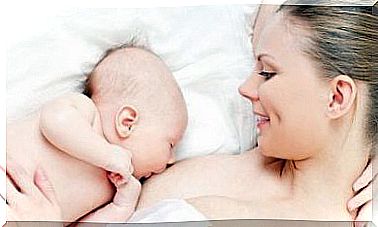Epilepsy In Children: Causes, Symptoms And Treatment
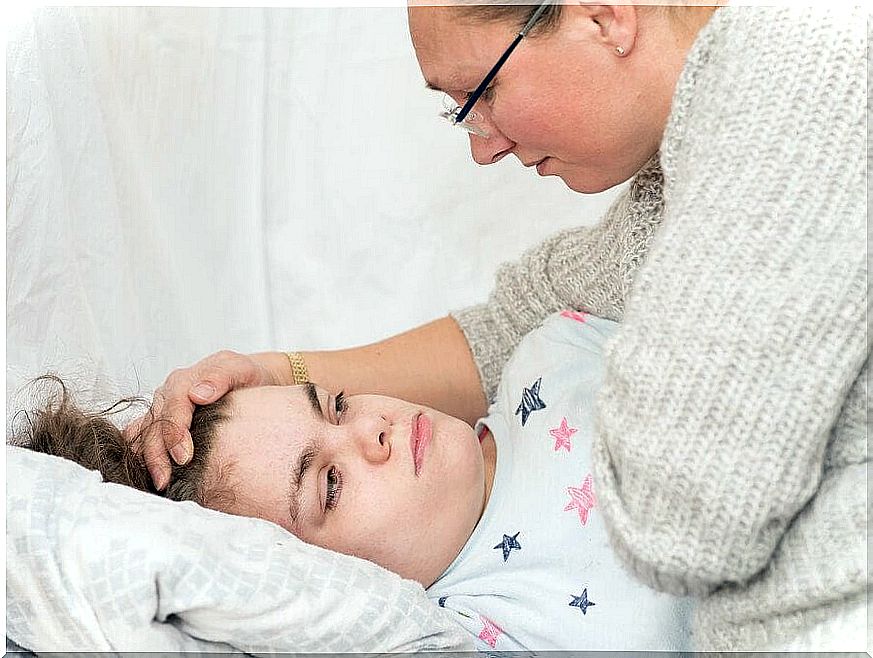
Most children with epilepsy can lead normal lives. While most of them require medication, there are also those who do not. It is even possible that epilepsy in children disappears before they reach adulthood. However, this depends on several factors.
Knowing the possible causes, symptoms and treatment of this disease will help you manage it in your child’s life. This way you may be able to avoid difficult moments and unnecessary worries. The most important thing is that you noticeably improve the quality of your child’s life.
Children with epilepsy: what are the causes?
- The cause of epileptic seizures is a lack of control over electrical discharges, which is because the neurotransmitters are not in balance. This happens when too much of this chemical substance sends signals between neurons.
- Another cause could be a decrease in the number of these neurotransmitters. However, in many cases of childhood epilepsy, it is an idiopathic condition, meaning it has an unknown cause.
- In a smaller percentage of cases there are cryptogenic or symptomatic seizures, i.e. due to a specific cause. They can appear because of diseases such as meningitis, brain tumors, problems during or after birth, trauma, abnormalities, or strokes.
Symptoms Of Epilepsy In Children
A child is said to have epilepsy if he has had more than one seizure. Many babies have a number of symptoms before a seizure happens.
These can be, for example, headaches, behavioral changes or digestive problems. However, these signs may go unnoticed, or even no signs at all.
We should point out that one attack is different from another because the attack lasts only a few seconds or a few minutes.
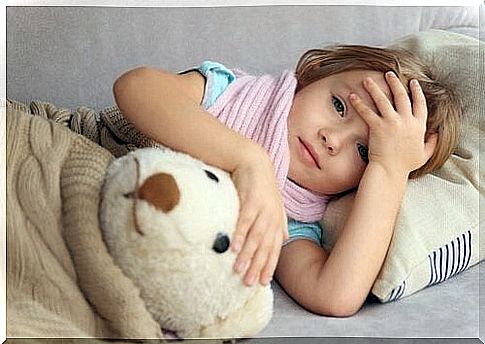
- Some seizures are tonic and cause total body stiffness.
- There are also atonic seizures or lipothymias that cause fainting and inactivity for a few seconds.
- On the other hand, there are also absence seizures, where the child has a lost look on his or her face for a few seconds.
- Some seizures cause muscle twitches throughout the body. These are uncontrollable and repetitive, with complete loss of consciousness.
- Other seizures are partial and occur without losing consciousness; they affect only one part of the body. After a crisis, the child may have a period of sleepiness and may not respond to external stimuli for an hour.
How do I know if my child has epilepsy?
The first is that your child has had at least one seizure so that the doctor can perform a physical exam. This is an examination of the child’s body and the duration of the seizure.
He will also ask about the movements that occurred during the attack, and whether there was a loss of consciousness or if only a certain part of the body was affected.
The evaluation always concludes with an electroencephalogram. This test measures the electrical activity of the brain, which can determine the type of seizure the child has had and its possible causes.
Blood tests are also important, as they can help find possible conditions that could be causing the epilepsy. If the neurologist deems it necessary, he will also suggest a computerized axial tomography (CAT scan) to look for acute neurological injuries or other illnesses.
Ultimately, an MRI scan of the brain can reveal new seizures and also where in the brain they occur.
Medical treatments for epilepsy
In general, children with epilepsy need medication. Keep in mind, however, that this is a complex disease that affects each child in a different way. Therefore, not all children respond the same to the same medication, and so there is no fixed treatment for all cases.
Fortunately, there is a wide variety of medications that can help make the attacks happen less often.
It is vital to follow the doctor’s advice correctly for the treatment to be effective. There has to be a certain level of the drug in the body for it to work.
For children who do not respond to the medication, there are other options. There are medical devices that can treat the seizures and diets like the ketogenic diet. This diet is free of carbohydrates and aims to lower the glycemic index of the child.
In cases of severe epilepsy there is the possibility of brain surgery and this has been performed with good results.
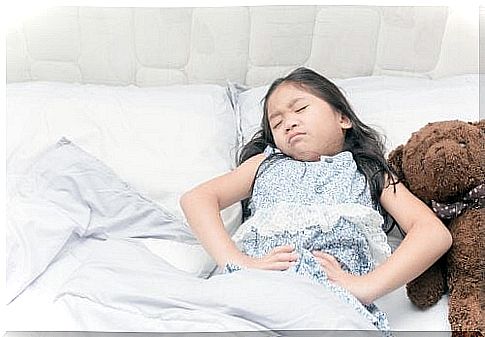
Can one cure epilepsy in children?
Epilepsy can often be cured or controlled with medication. However, this depends on a number of factors, such as the type of epilepsy, the response to treatment and the age at which it started. Another factor is whether there is damage to the nerves that can cause the disease.
Symptomatic epilepsy is almost incurable, or even manageable, because it is caused by a brain abnormality. In addition, in these cases the attacks can increasingly damage the nervous system.
